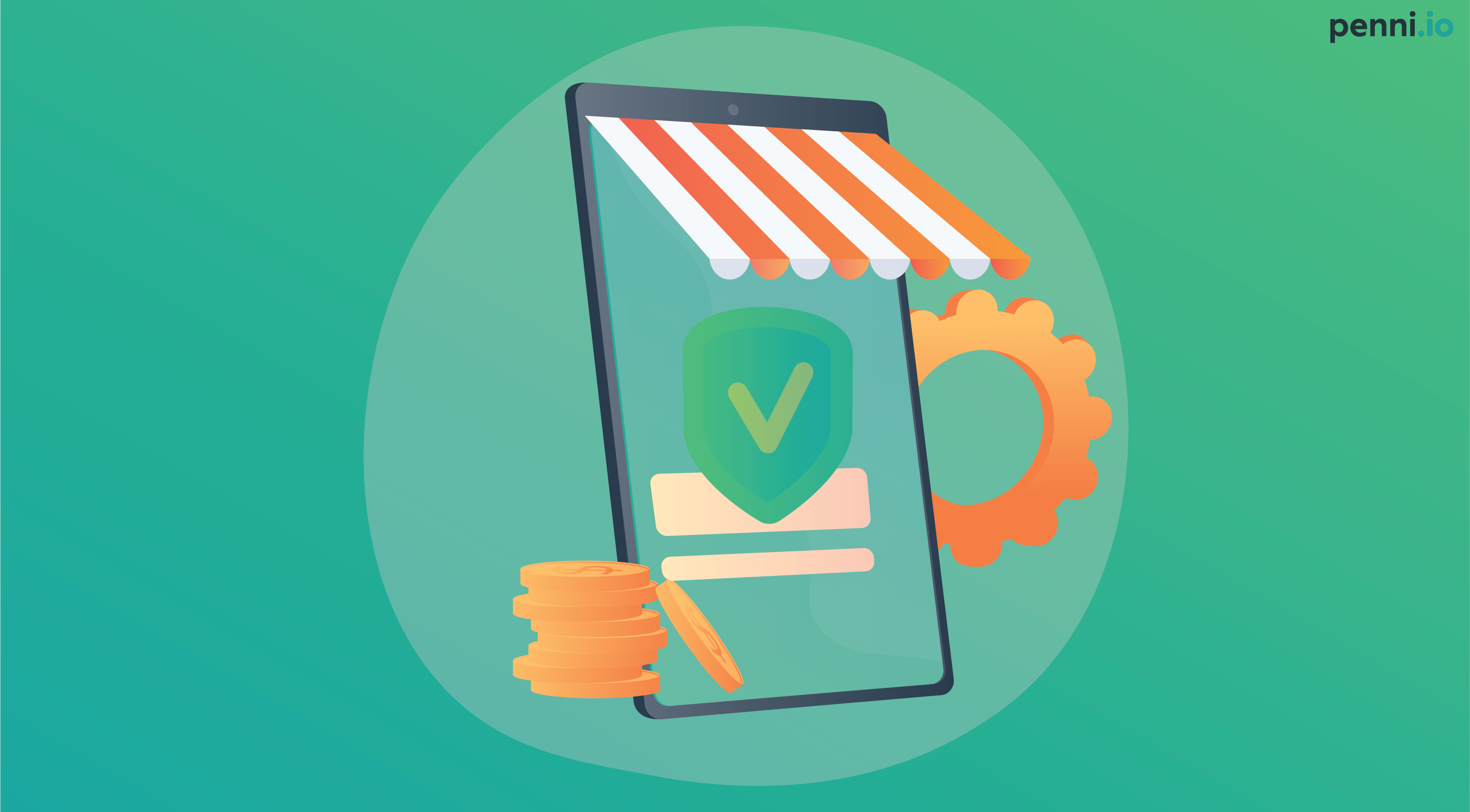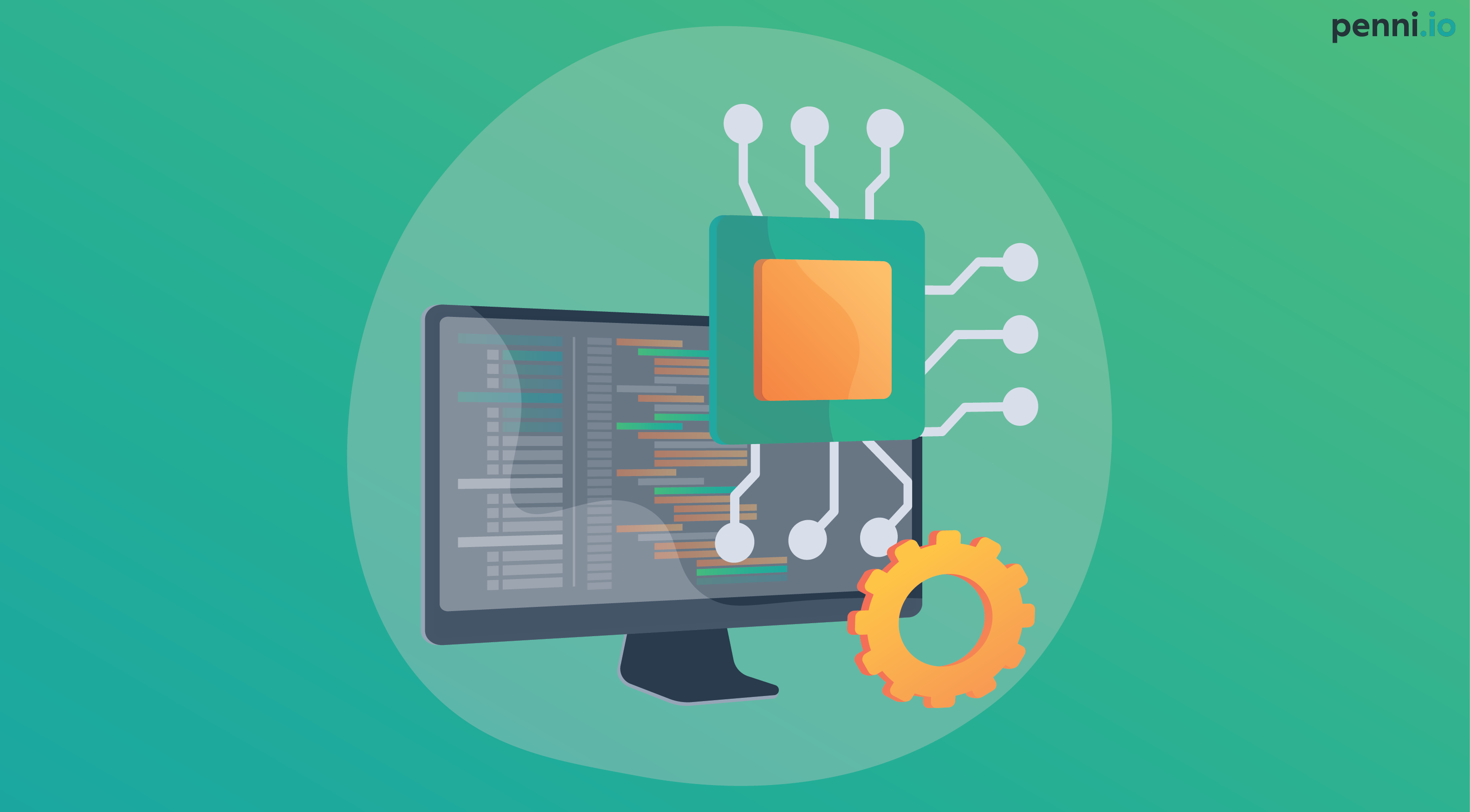The Role of Digitally Embedded Insurance in Omnichannel Distribution

Customers are increasingly engaging with insurance products and service providers through digital touchpoints. Across the value chain, the insurance industry is embracing this development by investing millions to digitise their offerings and provide a superior customer experience.
This blog post focuses on a specific aspect of the customer experience and its associated benefits: customer engagement within embedded offerings. Offering digitally embedded insurance products allows distributors to increase their acquisition of qualified leads and their online sales at a reduced cost per sale.
A short introduction to omnichannel insurance distribution models
An omnichannel distribution model for insurance is predominantly built around five sales channels:
- Agents
- Brokers
- Call Centers
- Third Party Distributors
- Digital
The leads that support these sales channels are generated from the following sources (which are not extensive and presented in no particular order):
- Cold calling via call centers
- Marketing channels (digital and offline)
- Up-selling existing customers
- At the B2B2C point of sale (e.g. car dealerships, real estate agents, banks)
Which distribution channels receive which leads is typically controlled through a central CRM and based on a qualification board. This includes various factors, such as:
- Customer interaction prior to giving consent
- Conversion rates for similar leads
- Lead price
- Distribution cost
- Potential number of products per sale
- Customer lifetime value
And many others, which may vary from distributor to distributor.
Here, we’ll focus on leads generated through B2B2C partners (in other words, embedded insurance) to support agents, call centers, and digital sales channels.
Free Download: Embedded Insurance Index - Part I
Sales and lead generation through partners is nothing new
Embedded insurance has been around for decades in various forms. It has existed as simple cooperation models focused on lead generation as well as more committed partnerships where risk is shared.
The omnichannel distribution model has supported B2B2C partnerships, either by educating the employees at third-party companies to sell insurance or by generating leads for third parties, agents, or call centers.
This model shifted over the last decade, with distribution partners increasingly offering bundled services to customers - the first true instance of embedded insurance.
A bundled service packages insurance products with other products offered by the third party distribution partner. This offers reduced friction and higher convenience during the purchasing process by allowing the customer to purchase and pay for multiple products at a single point of purchase. This has already become standard in the auto industry, where financing, service, and auto insurance have been bundled into all-inclusive packages. By agreeing to the bundle, the customer pays a single fixed monthly rate for all three services.
Third-party distributors, meanwhile, enjoy the benefits of offering insurance along with increased sales of their core product. And it remains to be seen, but it may also result in increased customer loyalty the way it has with bancassurance programs.
The next shift: embedding insurance at non-points-of-sale
Although bundled services are an effective way to grow, the full potential of a third party collaboration is too often restricted to the point of sale. Insurers and B2B2C parties, however, could further develop their collaboration by selling insurance outside points of sale.
Insurers and their distribution partners typically hesitate to prioritise this due to the uncertainty of lead qualifications at non-points of sale as well as the limited sales resources. The result is a rise in the cost of sales and low expected returns in the form of commissions for the distribution partner.
However, this comes at a cost. The mid- to long-term consequence of not embedding insurance outside the points of sale is a gradual slowdown in growth rates. As a result, the insurer must depend on the third party distributor’s yearly sales in order to raise their rate of growth.
Due to this slowdown, insurers and B2B2C distribution partners should start shifting their attention to the huge potential that lies within cross-selling digitally to the distribution partner’s total customer portfolio.
By helping these distributors develop relevant content to be shared regularly with their customer base, insurers can unlock a huge number of potential leads and cross-selling opportunities that can be matured through the distribution partner’s existing customer journey and can be scaled without an increased investment in offline sales. B2B2C partners can simultaneously increase commissions with a very low investment, consisting mainly of the time it takes to develop common communications and embedding a simple javascript.
The tools needed for this endeavor are simple: increased marketing cooperation and digital capabilities.
Increased customer digital interactions, in turn, increases the distribution partner’s opportunities to interact with their customers via email, login pages, and so on. However, this only makes sense if the interaction is relevant, personalised, and convenient. That’s where the insurer comes in. They can deliver relevant materials to encourage lead qualification by educating customers on certain topics (such as risk prevention) and providing an embedded call to action.
Insurers should seize this opportunity and invest their marketing resources in developing relevant articles for their distribution partners, helping their customers increase their knowledge of risk reduction and prevention (and thereby better understanding the value of the insurance products they can purchase along with the distributor’s core product).
The result: an increased number of qualified leads and online sales
Results from the Penni Connect platform show that placing relevant insurance articles and digital content in close proximity to relevant B2B2C content increases the probability that the customer engages with the insurance offerings. Combining this approach with a simple calculation flow allows the customer to get a quoted price within minutes, which increases the qualification of the lead - without increasing marketing costs.
After getting a quote for the product, the customer has two options::
- Continue purchasing online, which supports the increasing tendency of customers to buy goods and services online
- Request a call from an agent or call center, which develops the existing omnichannel model by delivering highly qualified leads, thereby optimizing the sales process
Results from two years of the Penni.io Platform being live show that customers are more than twice as likely to continue down the online journey than request a call. We have also discovered that the number of leads generated at non-points of sale increases the number of leads generated compared to leads generated at other touchpoints.
From fishing in a pond to fishing in the ocean
Embedded insurance supports generic customer behaviour and no parties lose out on increasing their number of potential insurance leads.
Moving to embedded insurance changes the playing field so drastically that it is like going from fishing in a pond to fishing in the ocean.
Depending on your current allocation of leads per channel, the result of embedding insurance into the omnichannel model will be a general increase of total leads to your company. If those leads are handled with care, this will lead to an increase in overall sales through your online sales channel.
This approach is not disruptive. It supports existing processes and resource allocations. It increases the potential number of qualified leads while generating online sales, which reduces the cost per sale for the B2B2C channel.
It’s time to walk away from the pond. Set up an embedded insurance program and start fishing in the ocean.
Special thanks to our expert Esben Seyffart Sørensen.



